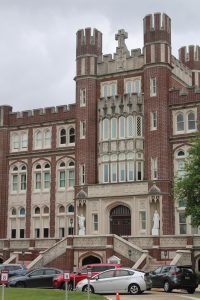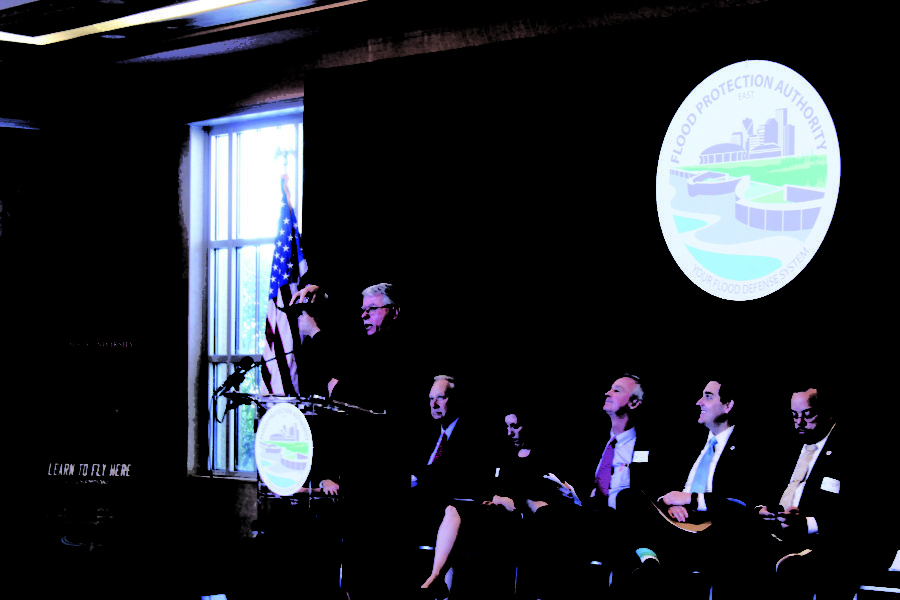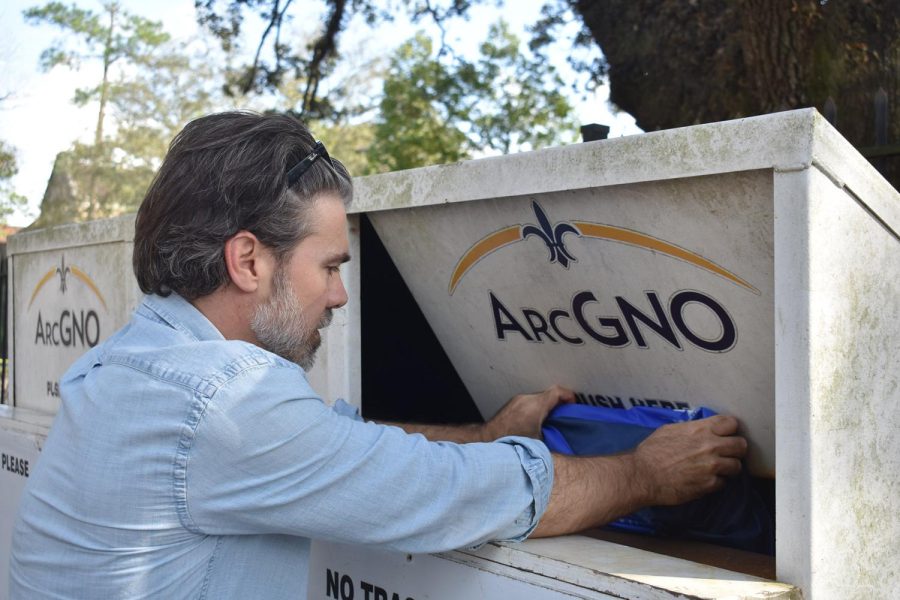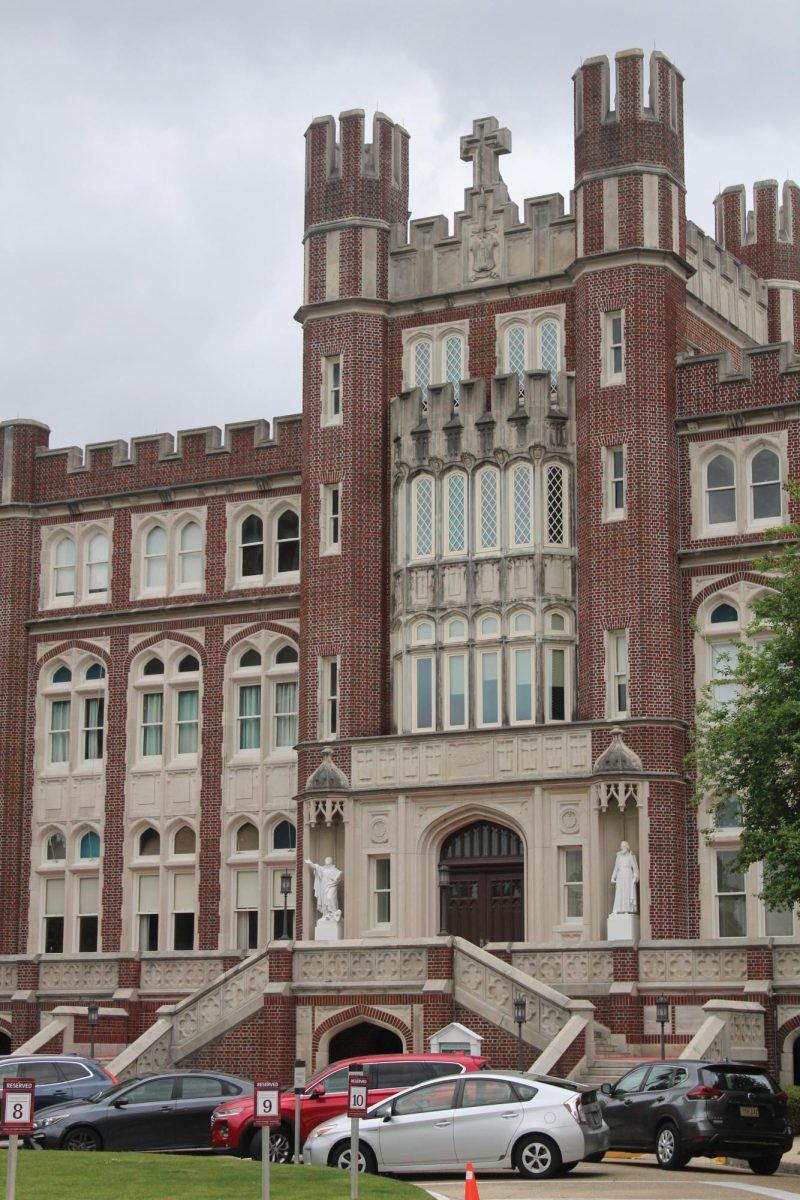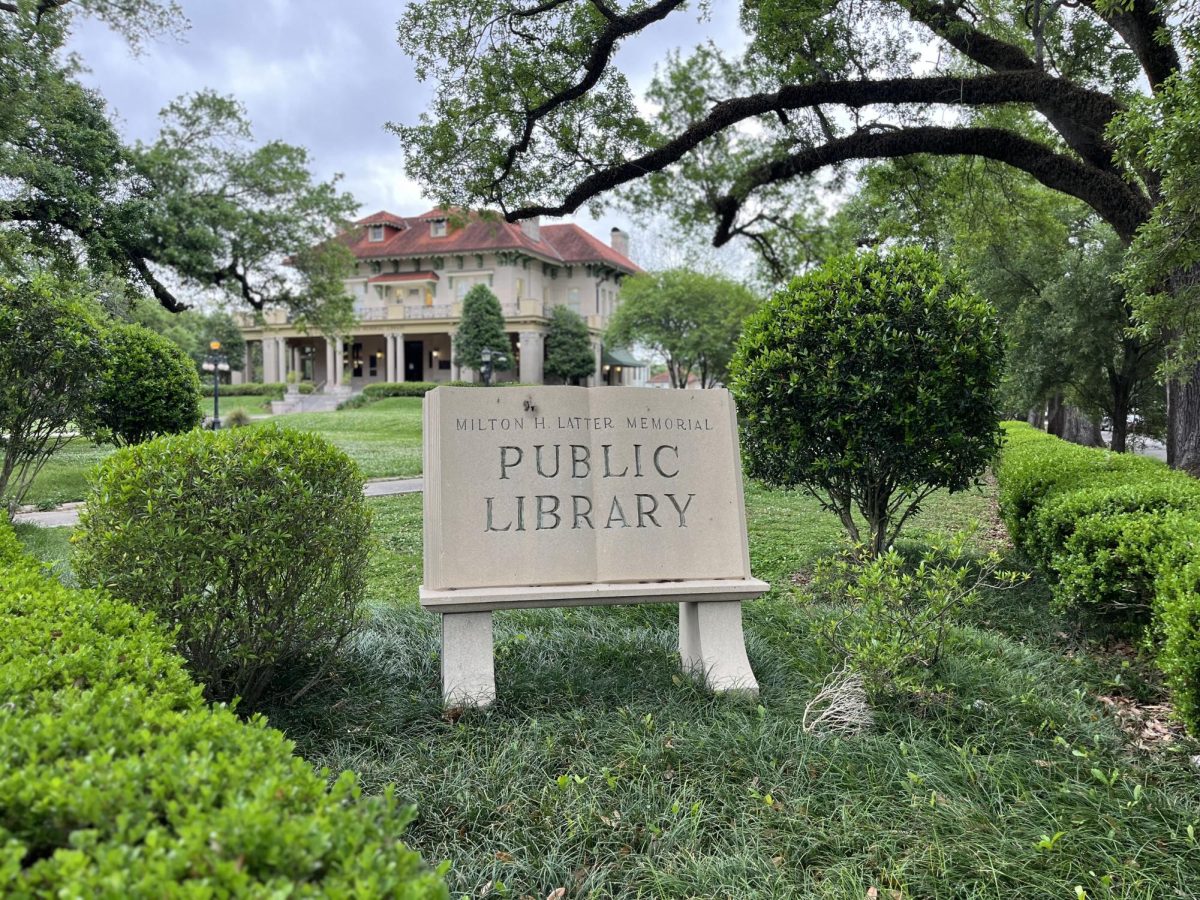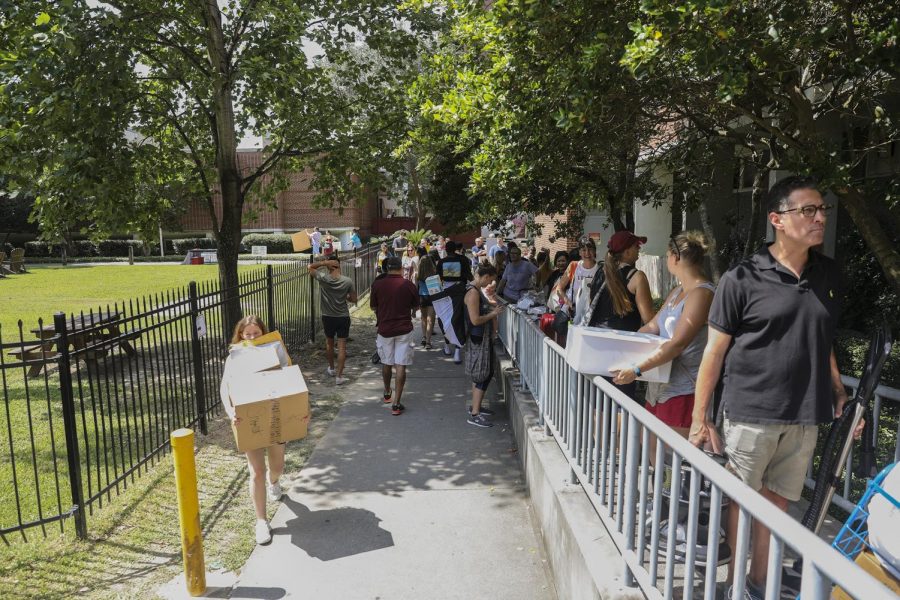The city of New Orleans is ready to take on this hurricane season without issues, officials said at the 2017 State of Flood Protection Summit.
The current coastal master plan calls for 76 restoration projects, 12 structural risk reduction projects and 32 non-structural risk reduction projects, according to Walt Leger III, speaker pro tempore of the Louisiana House of Representatives.
“Implementing the projects in the master plan, we believe, can reduce expected annual damages from flooding by $3 million by year 2025 and by $8.3 billion by year 2050,” Leger said. “Over the course of 50 years, the plan could reduce expected annual damage by over $150 billion.”
Funding for specific projects that could reduce annual damage include the $153 million in non-structural projects for Orleans Parish and $2.3 million for projects in the Lake Pontchartrain area. State, local and Southeast Louisiana Flood Protection Authority-East officials gathered inside the atrium of the New Orleans Lakefront Airport to share the progress of current projects.
Joe Hassinger, president of the Southeast Louisiana Flood Protection Authority-East board of commissioners, led the flood protection summit event and introduced speaker Robert Turner, director of engineering and operations.
“It’s important for us to explain to the public that we are a group of over 200 professionals that work day in and day out to ensure that on our accountants, the system is functioning,” Hassinger said.
Before giving his power point presentation, Turner said that we have to always approach flood defense issues with a sense of urgency and accuracy.
“Complacency is one of our biggest enemies,” Turner said.
Turner pointed out key statistics like having almost 200 miles of levees to take care of and 244 floodgates, which would need to be closed in the event of a flooding incident.
“When we think of flood protection, of flood defense here in the city, what we think about is defending against hurricanes,” Turner said. “But just think back to just last year. During the course of the 12 month period, eight months we were in a flood site in the Mississippi river, and people went about their lives like nothing was happening.”
Turner commented on how people away from actual flooding can take the flood defense system for granted, which he said is one of the best in the nation. He went over updates for the Barge Gate repairs in the Lake Borgne barrier wall, which is complete; the West Return Landside Runoff project in Jefferson Parish, which is about 95 percent complete; and the permanent pump stations on the city’s canals, which is 95 percent near completion for around December of this year.
If needed, the permanent pump stations and storm surge gates can be used instead of the temporary storm surge gates and pumps in the 17th St., Orleans Avenue and London Avenue canals, in case of a storm.
Also, Turner shared work that is being completed in partnership with the Corps of Engineers for a two-part project to lift several parts of the levee before the Corps armors them. The Southeast Louisiana Flood Protection Authority-East will have to pay for the raising of those levees, but Turner said that is not what is important right now.
The Orleans Parish section of the levee is completely covered, according to Turner.
“Right now, that project is about 30 to 35 percent complete.”
Turner showed the audience the armoring material that he said they won’t be able to view on the Lakefront. A turf-reinforced mat is anchored to the protected side of the levee, and Bermuda grass is laid on the mats.
“The combination of the matting with the roots from the side allows for erosion protection,” Turner said.
Before leaving the podium, Turner told the audience that the flood defense system he works with is not passive and that it takes cooperation with real people to function correctly and save lives.
Chip Kline, deputy director of the Governor’s Office of Coastal Activities, spoke on behalf of state and local partners. He said that hurricane protection couldn’t just be about the city of New Orleans, and he spoke in favor of Turner’s work.
“I hope people understand the resource they have in people like Bob Turner,” Kline said.
Mike Park, chief of the Operations Division in the Corps of Engineers, and Ken Graham, meteorologist-in-charge with the National Weather Service New Orleans, also spoke on behalf of federal partners.
Park praised a “joined-at-the-hip” strategic partnership for the last 10 years with Southeast Louisiana Flood Protection Authority-East, while Graham focused on how the leading cause of fatalities in a tropical system is storm surges.





